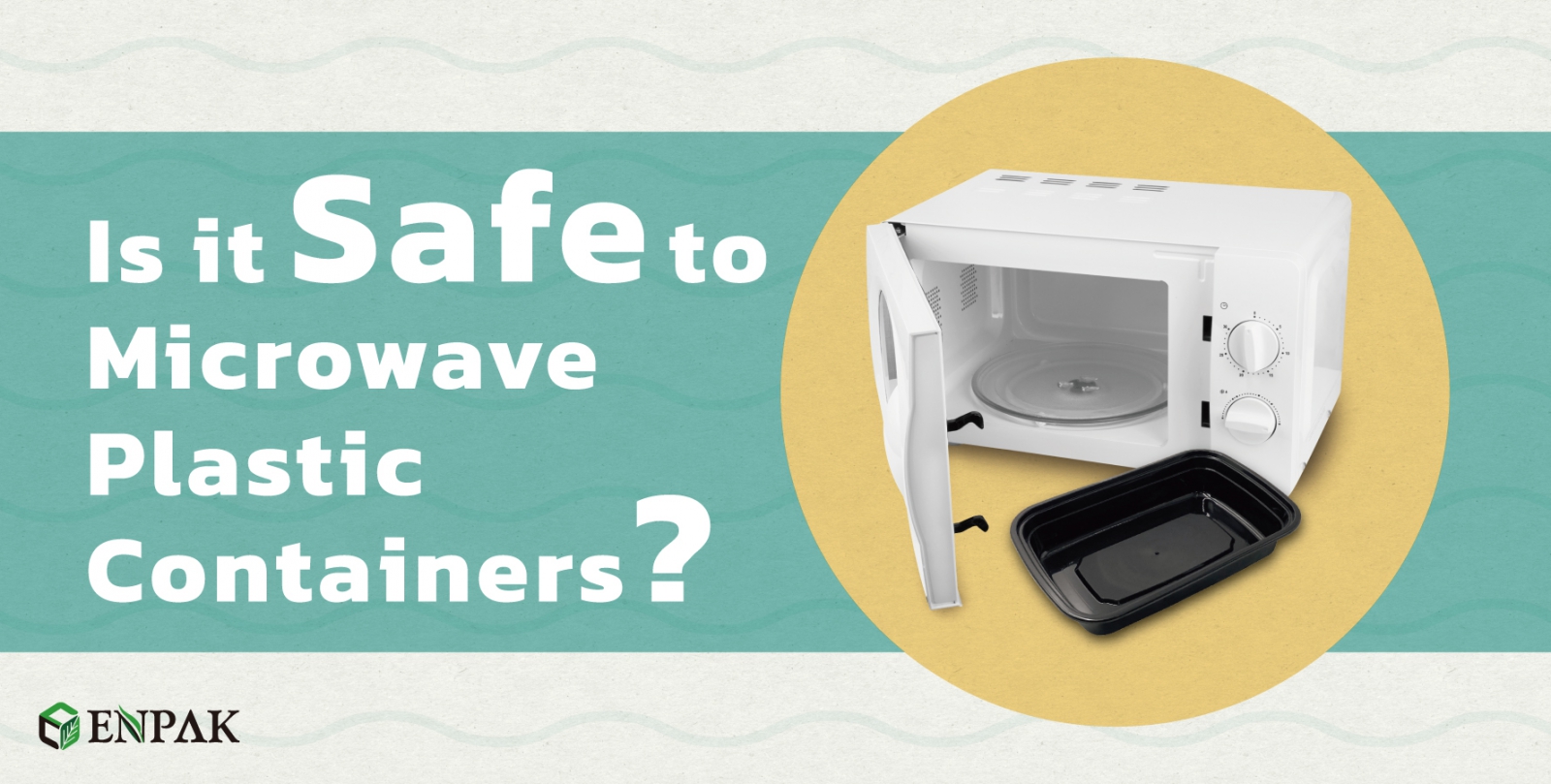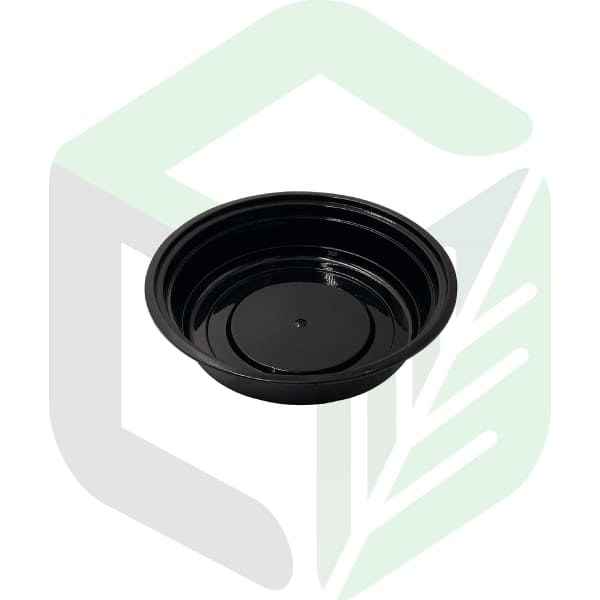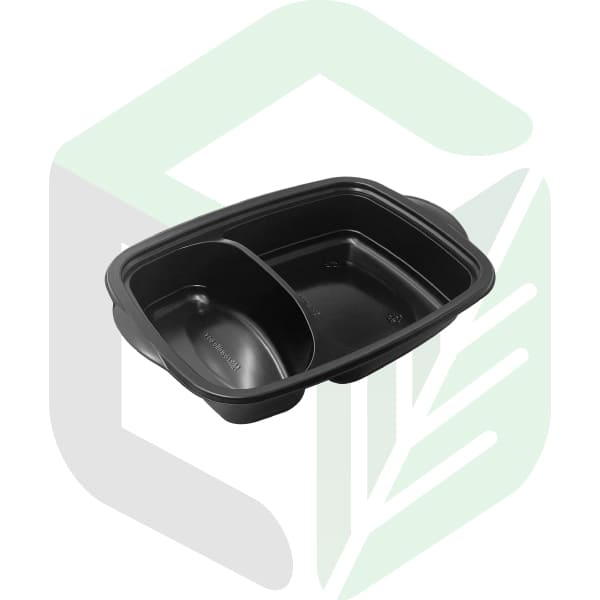Is it Safe to Microwave Plastic Containers?

When people do not want to order food delivery and feel lazy to cook, microwave ovens, which don't produce cooking smells, can be used for fast cooking by heating up, have become the first choice for cooking. Have you ever wondered whether it's safe to microwave plastic containers? In this article, we will dive into everything you need to know about the safety of microwaving plastic.
Table of Content
- Common concerns about microwaving plastic containers
- Should I buy a microwave oven? Time-saving and fast cooking have become key buying reasons.
- Tips for safely microwaving plastic containers
- Making informed decisions about microwaving plastic containers
Common concerns about microwaving plastic containers
Microwaving plastic containers can be a convenient way to heat up leftovers or cook simple meals. However, there is some concern about chemicals leaching from certain types of plastic when exposed to heat. It's important to understand the potential risks associated with microwaving plastic and make informed decisions to protect your health.
One of the primary concerns about microwaving plastic containers is the potential for chemicals to leach into the food. Certain types of plastic, such as PVC and polycarbonate, can contain chemicals like bisphenol A (BPA) and phthalates, which have been linked to a range of health issues, including hormonal disruption, reproductive problems, and even cancer. Another concern is the potential for the plastic containers to melt or deform when exposed to high heat in the microwave. This can not only affect the structural integrity of the container but also increase the risk of chemicals leaching into the food. Melted or deformed plastic containers can also pose a safety hazard, as they may release toxic fumes or even catch fire. Additionally, some plastic containers may contain additives or coatings that are not microwave-safe. These plastics can break down or release harmful substances when exposed to microwave radiation, potentially contaminating the food.
Lastly, there is a concern about the potential for microwave radiation to interact with the plastic itself, potentially altering the chemical structure of the material and leading to the release of harmful compounds. While the specific mechanisms behind this are not fully understood, it's a concern that has been raised by some researchers and health organizations. Addressing concerns about microwaving plastic containers is essential for safeguarding the health of individuals and families. By being aware of potential risks and following safety guidelines, you can reduce exposure to harmful chemicals. One critical precaution is to ensure you're using microwave-safe containers, as these are specifically tested to withstand heat without leaching dangerous substances. When choosing plastic containers, look for microwave-safe labels, verify third-party certifications, and ensure they pass rigorous heat resistance and stability tests. This helps guarantee safe food preparation for everyday meals.
Should I buy a microwave oven? Time-saving and fast cooking have become key buying reasons.
Among all kinds of small home appliances, microwave ovens are one of the necessary household appliances. According to the OpView company survey, three reasons why netizens use microwave ovens are:
- It saves time and is fast for cooking
- Easy to operate
- One-click for heating and defrosting
To ensure consumer safety and confidence, Enpak places a high priority on the heat resistance, leaching tests, and material safety tests. For those who are looking for microwavable containers, you can take a look at our 32 oz Microwavable PP Round Lunch Boxes(BO-32). This container is crafted from high-quality PP material, known for its superior heat resistance and chemical stability. Its durability makes it perfect for packing various dishes like rice, noodles, or dumplings. With BO-32, you can conveniently heat your meals in the microwave while maintaining quality and safety.
Tips for safely microwaving plastic containers

While the potential risks of microwaving plastic containers are concerning, there are steps you can take to minimize the exposure and ensure your safety. Here are some tips for safely microwaving plastic:
- Check the label: Always check the label on the plastic container to ensure it is specifically labeled as "microwave-safe" or "microwaveable." Containers without this label should not be used in the microwave.
- Avoid heating fatty or oily foods: Fatty and oily foods can increase the likelihood of chemicals leaching from the plastic container into the food. It's best to avoid microwaving these types of foods in plastic containers.
- Cover the container: When microwaving plastic containers, always cover them with a microwave-safe lid or plate to prevent splattering and reduce the exposure of the plastic to direct microwave radiation.
- Limit microwave time: Minimize the amount of time the plastic container is exposed to microwave radiation. Avoid overheating or reheating food in plastic containers for extended periods.
- Avoid using damaged containers: If a plastic container is cracked, chipped, or showing signs of wear, do not use it in the microwave, as it may be more prone to leaching chemicals.
 |  |  |  |
| Microwavable PP Round Lunch Boxes 24oz | Microwavable PP Rectangular Lunch Boxes 32oz | Microwavable PP Rectangular Boxes 900mL _ 2 Compartments | Microwavable PP Rectangular Bento Boxes _ 5 Compartments |
Making informed decisions about microwaving plastic containers
The safety of microwaving plastic containers is a complex and nuanced issue that requires careful consideration. While some types of plastic are generally considered safe for microwave use, others can pose significant health risks due to the potential for chemical leaching and other concerns. By understanding the different types of plastic, the specific dangers associated with certain materials, and the potential health risks, you can make informed decisions about the containers you use in the microwave.
Enpak places a strong emphasis on product quality and safety. We ensure that all packaging materials undergo rigorous inspections, including heat resistance tests and third-party safety certifications, before being exported. Products are tested for chemical stability to prevent any risk of harmful substances dissolving when exposed to high temperatures or extreme pH levels. Additionally, each item is clearly labeled to indicate its microwave safety, and our commitment to strict quality control guarantees that consumers can use our products with confidence and peace of mind. For more information or to explore our range of products, contact us today to learn how we can support your business.

